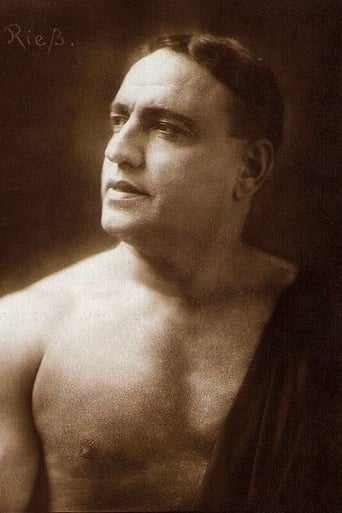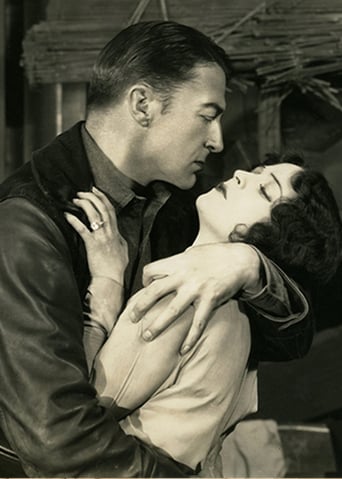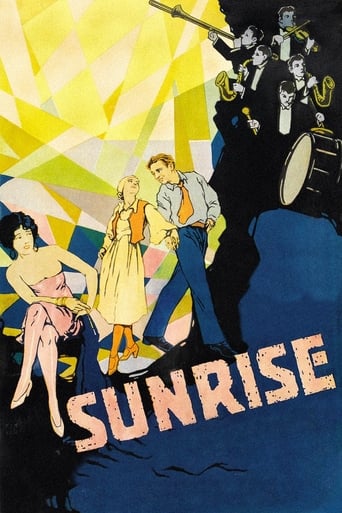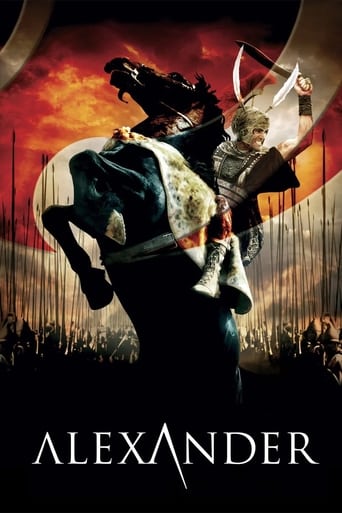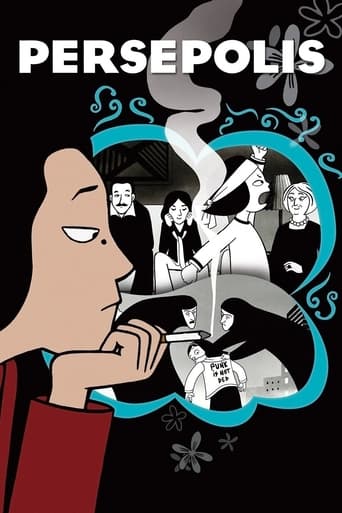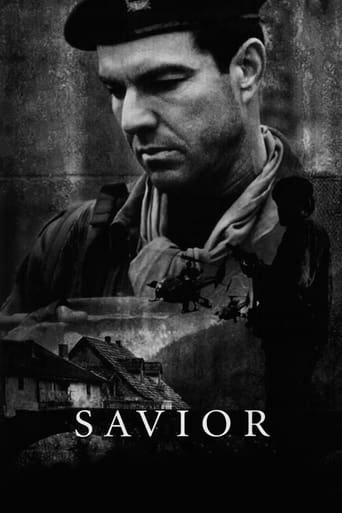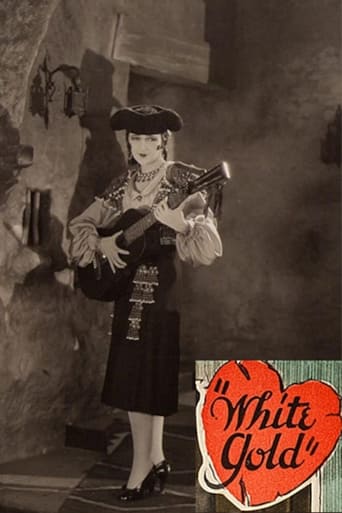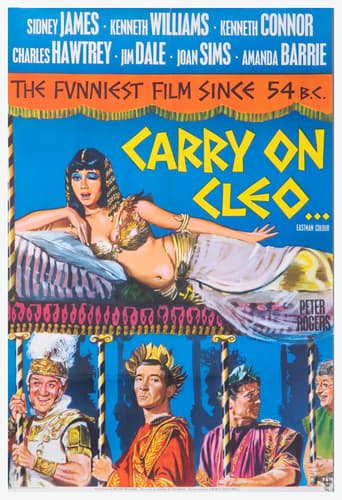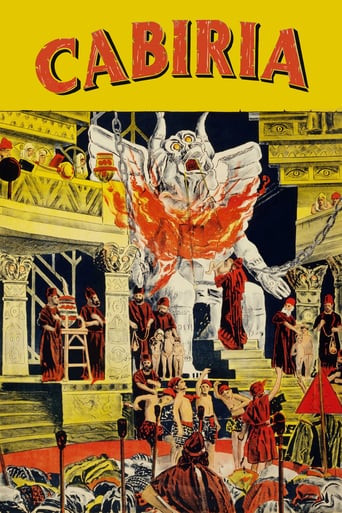

Cabiria (1914)
Young Cabiria is kidnapped by pirates and sold as a slave in Carthage. Just as she's to be sacrificed to Moloch, Cabiria is rescued by Fulvius Axilla, a good-hearted Roman spy, and his powerful slave, Maciste. The trio are broken up as Cabiria is entrusted to a woman of noble birth. With Cabiria's fate unknown, Maciste punished for his heroism, and Fulvius sent away to fight for Rome, is there any hope of our heroes reuniting?
Watch Trailer
Cast


Similar titles
Reviews
Without Gabriele D'Annunzio's florid commentary this film would have been substantially shorter, while the hammy "silent film" acting and melodramatic storytelling lags far behind Scandinavian cinema of this period. But technically this super-production from Italy otherwise blazes a colossal trail that plainly led the way for the silent spectacles of Griffith, DeMille and Lang, while the sense of fun of the action scenes (particularly a scene depicting the formation of a human pyramid to scale a wall) anticipates Fairbanks at his jauntiest. Beginning with the eruption of Mount Etna (and a lot of toppling pillars) the pace never lets up. Next comes a truly hair-raising scene depicting infants cast into the flaming maw of a statue of Moloch (whose Temple - with three round windows that make it's façade resemble the face of an enormous spider - is one of the many deliriously stylised designs that obviously inspired the German historical epics of Lang and others during the early twenties); while later we see Archimedes gleefully incinerating the Roman fleet with history's first death ray during the Siege of Syracuse. Throw in the boisterous crowd scenes and graceful tracking shots director Pastrone innovatively employs throughout (far more elegant than Griffith's work of the same period) and we have the template for the historical epic as it existed for the next half-century.'Cabiria' also marks a major advance in the use of special effects that marks a decisive break with the trick films of Georges Méliès. Skillful use is made throughout of double exposures to make the action and the locations look even grander in scale than they already are (such as Hannibal crossing the Alps). And there is an additional bonus in the form of an extraordinary dream sequence that anticipates by ten years Walter Ruttmann's 'Falkentraum' sequence in Lang's 'Die Nibelungen'.
Three centuries before Christus. Young Cabiria is kidnapped by some pirates during one eruption of the Etna. She is sold as a slave in Carthage, and as she is just going to be sacrificed to god Moloch, Cabiria is rescued by both Fulvio Axilla, a Roman noble, and his giant slave Maciste.According to Martin Scorsese, in this work Pastrone invented the epic movie and deserves credit for many of the innovations often attributed to D.W. Griffith and Cecil B. DeMille. Among those was the extensive use of a moving camera, thus freeing the feature-length narrative film from "static gaze". Now, I prefer to think of the "moving camera" as a German invention, but I would be more than happy to grant Pastrone the epic.The film also marked the debut of the Maciste character, who went on to have a long career in Italian sword and sandal films. This is actually one of the most impressive cultural achievements, because the character Maciste became really has very little to do with this film. Whole studies could be done on how Maciste evolved.
Imagine Pericles, Shakespeare's surreal drama, recast with a young female lead, and with the epic factor amped up to 11: elephants, volcanos, death cults and all the horrors of the Punic Wars, and you have Cabiria.It takes a particular self-distancing aptitude to appreciate silent films in our age as more that curiosities. For the most part, they fall into two categories: flat filmed melodrama that predates the sound era, and visual extravaganza that takes full advantage of the form.Metropolis and The Nibelungen are examples of the latter. Thankfully, so is Cabiria.Cabiria takes you - and let us not forget, the undoubtedly spellbound audience of 1914 - on a visual journey that would have been impossible on stage, showing a sophistication in its characterization, mise-en-scene, art direction and effects that is well ahead of its time. More importantly, it is a compelling tale of adventure. A silent film today's audience could actually enjoy!A word about access: I love watching people's reaction to the Eureka Blu-Ray of Fritz Lang's Metropolis. People think silent films were meant to look all soft and scratched. it is truly a wondrous thing to see these films as they were meant to be seen. Doing so for Cabiria is a bit harder: the Kino DVD transfer is far from ideal, and the imposed piano score does little justice to the scale of the film. An easy solution is to mute the audio on your DVD player or TV and patch in something grandiose, like Wagner's Ring...In any case, if you love films and are curious about their history, try this one on for size.
An engrossing historical melodrama with all the trimmings, "Cabiria" would be rather impressive if it had been made in the mid- or late- 1920's, and the fact that it was made in 1914 is astounding. While it was widely known in its time, and apparently was once given full credit for its influence on other film-makers, it has been largely forgotten today, for no good reason. The story is involved and ambitious, the settings and scale are lavish and creative, and the historical scenario comes from the fascinating (if today little-known) period of the Punic Wars between Rome and Carthage. It's all very good in its own right, and it's even more of a success when you consider the new ground they had to break in bringing it all together so well.The story blends together several fictional and several historical characters, centering on the adventures and misfortunes of the girl Cabiria. As in any melodrama, there are some implausible developments, yet it rarely seems overly forced. The historical setting is used creatively, both to drive the action and to provide interesting settings and characters. While it is clearly fiction, it takes fewer liberties with history than do many other movies with historical settings, since it is designed for entertainment rather than to promote a particular viewpoint.And as entertainment, it delivers handsomely. This is well worth the trouble to find for anyone who enjoys watching silent movies. It is also worth seeing if you have even a passing interest in the development of cinema, because few movies have ever been so creative in using and improving upon the means available in their own era.



